5 Simple Ways to Stay Focused in a Distracted World
Modern life presents a constant barrage of pings and popups, each clamoring for attention. It’s common to glance at the clock after a busy day and marvel at how little was accomplished, despite perpetual activity. Productivity often isn’t about working harder; it’s about overcoming distractions and protecting your focus from a tide of interruptions. This skill has become both a superpower and a necessity for achieving meaningful results, finding peace, and bringing about personal progress.
For many, the struggle begins as soon as the alarm rings. With multitasking efforts, messages, notifications, and unfinished tasks from yesterday vie for mental space. Calming the noise and maintaining focus is possible, and it starts with adopting a few intentional habits to boost productivity.
1. Set Clear Boundaries for Your Attention
Focus requires structure. Without intentional boundaries, attention drifts from one alert to the next. Begin by designating spaces and times for concentrated effort.
- Work Zones: Whether it’s a dedicated desk, a favorite coffee shop corner, or a specific chair at home, setting a physical space prompts your mind to tune in. When you change locations for different activities, your brain quickly recognizes patterns in behavior.
- Digital Limits: Turn off non-essential notifications. Use “Do Not Disturb” modes or app timers to ensure only the most important alerts break through.
- Time Blocks: Allocate specific hours for deep work. Protect these blocks as you would a meeting. Communicate your schedule to roommates, family, or colleagues to minimize interruptions.
A simple table can help visualize priority time slots:
|
Time Block |
Activity Type |
Distraction Allowed? |
|---|---|---|
|
9:00-11:00 AM |
Deep Work |
No |
|
11:00-11:30 AM |
Email/Calls |
Yes |
|
1:00-3:00 PM |
Creative Tasks |
No |
|
3:00-4:00 PM |
Administration |
Yes |
Decisive boundaries focus your attention and give it a fighting chance.
2. Transform Devices into Tools, Not Traps
Digital devices promise efficiency, but without mindful management, they become obstacles to concentration. It takes only one distracting app or a single news headline to derail even the best intentions.
- Single-Task Only: Use only the apps necessary for the job at hand. Research shows that switching between tasks can lead to residual attention lag, making it harder to focus and get back on track.
- Notification Hygiene: Regularly audit which applications have permission to alert you. Most platforms now nudge users to take breaks, but proactive control is far more impactful.
- Physical Devices: Consider an old-fashioned approach to notes or lists. Paper planners, sticky notes, and tangible to-do lists offer satisfying progress tracking without online temptations.
The goal isn’t to shun technology, but to delegate it to a supporting role, rather than letting it dictate your every move.
3. Practice Short, Scheduled Breaks
Trying to white-knuckle your way through long periods of work can lead to diminishing returns. Human attention is naturally cyclical, rising and falling over the course of the day, so it's important to maintain focus during peak periods.
Alternating work sessions with short, intentional breaks is one of the 5 simple ways to stay focused in a distracted world, helping to recharge mental energy and prevent distractions from accumulating. Try these practices:
- The Pomodoro Technique: Set a timer for 25 minutes of focused activity, followed by a 5-minute break. Repeat, then take a longer break after four cycles.
- Movement: Get up and stretch, walk, or do some quick chores. Physical movement breaks the monotony of sitting and stimulates the brain.
- Mindful Breathing: Even two minutes of intentional breathing can help reset a wandering mind and build the ability to notice when distractions are creeping in.
The key is choosing breaks that genuinely refresh, rather than ones that pull you into new rabbit holes (think social media scrolls).
4. Prioritize Ruthlessly and Plan Ahead
Focus, productivity, and effective time management thrive when guided by clarity. Hazy priorities foster hesitation and make distraction more attractive. Begin each day or week by outlining your essential tasks. Narrow your list to the most important three or four items rather than getting bogged down with busywork.
Consider this approach:
- Identify your Most Important Task (MIT): What would count as a genuine accomplishment today? Start here.
- Break Down Tasks: Divide large projects into smaller, actionable steps. This prevents overwhelm and provides a clear starting point.
- Review and Adjust: Spend a few minutes at the end of each day reviewing progress. Adjust the game plan for tomorrow, prioritizing important tasks, so that you begin with confidence.
By replying less on willpower and more on a concrete plan, you’ll spend less time in friction and more hours in flow.
5. Cultivate Attention-Friendly Habits Beyond the Desk
The ability to focus is supported by lifestyle choices that extend beyond any work routine. Sleep quality, physical activity, and mental health all influence attention levels.
A few practices that prime your brain for focus:
- Consistent Sleep: Sleep deprivation significantly impairs concentration, decision-making, and recall. Strive for a regular sleep schedule and a screen-free wind-down routine.
- Physical Activity: Even short walks or simple stretches boost blood flow and brain chemistry, leading to sharper focus.
- Mindfulness and Meditation: These practices train the mind to observe thoughts without instantly reacting, building attentional “muscle” over time.
- Nutrition: Stable blood sugar and proper hydration prevent the mid-day energy slump that leads to unintentional breaks.
Giving attention to these foundations creates an upward spiral, increasing your focus and resilience against distraction.
The Ripple Effect of Guarding Your Attention
Each small shift adds up. Protecting focus creates a ripple effect that transforms not only work output but also contentment and peace of mind. Days become more intentional and less reactionary, and energy is spent on what matters most.
It’s not about developing superhuman discipline; it’s about crafting routines that make the best use of your existing willpower and aid in effective multitasking. With a few adjustments, distractions can become background noise instead of the main act.
These strategies ask for honesty about your real-time attention leaks, a willingness to experiment, and the grace to keep going when you get sidetracked. Many will find that with continued practice, clarity, purpose, and a sense of control begin to return.
Intentional focus isn’t out of reach. It just needs space to grow.




